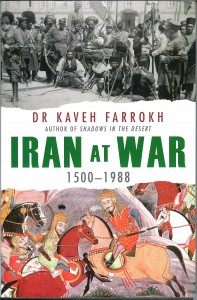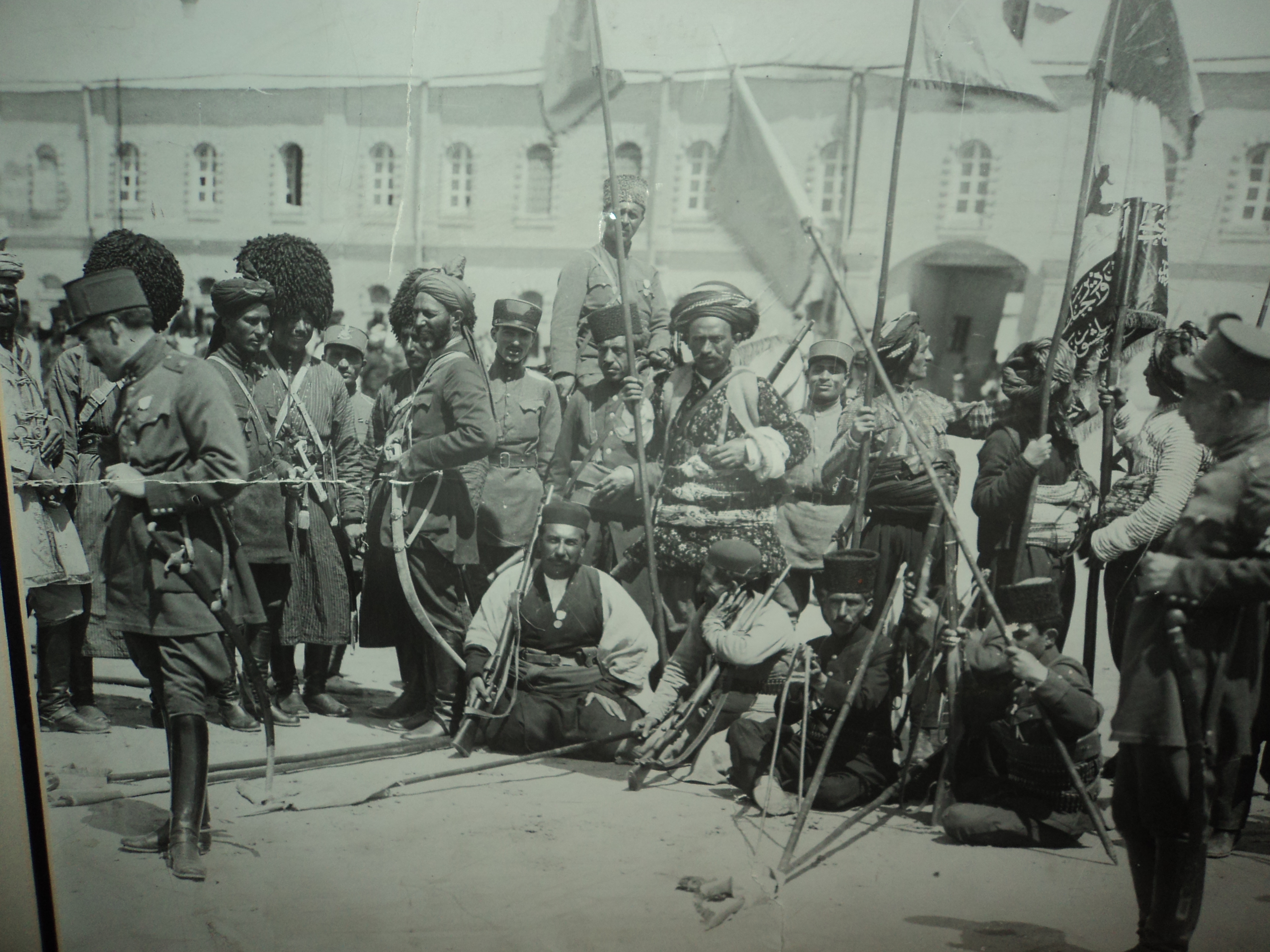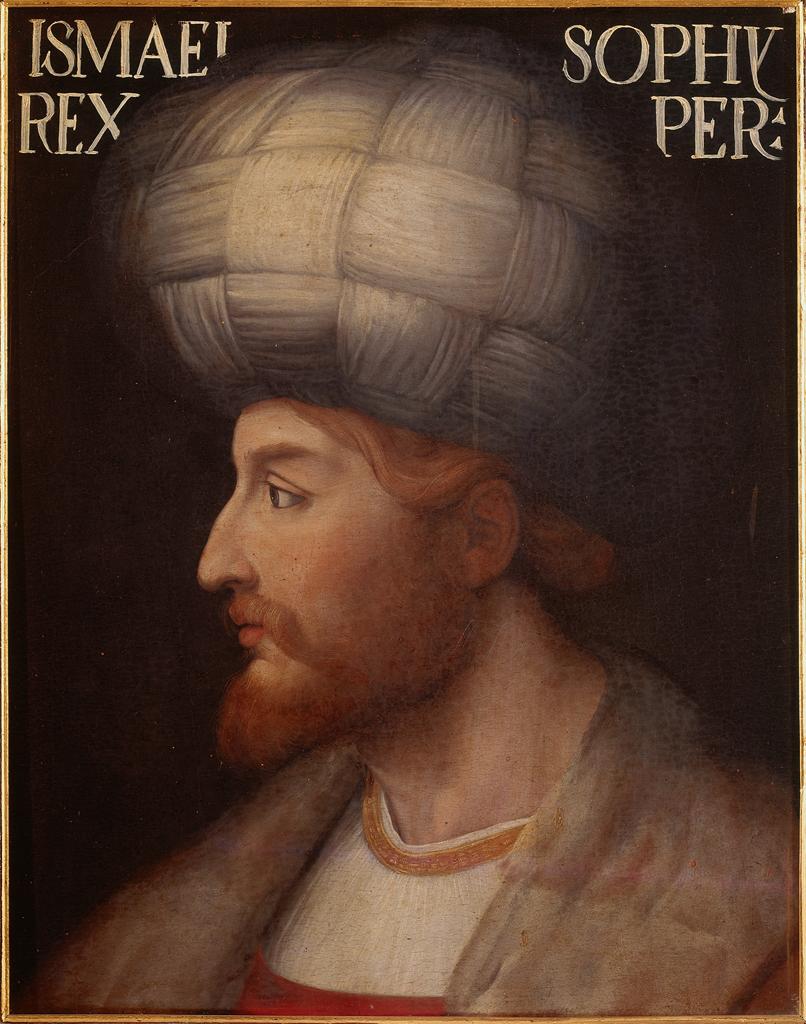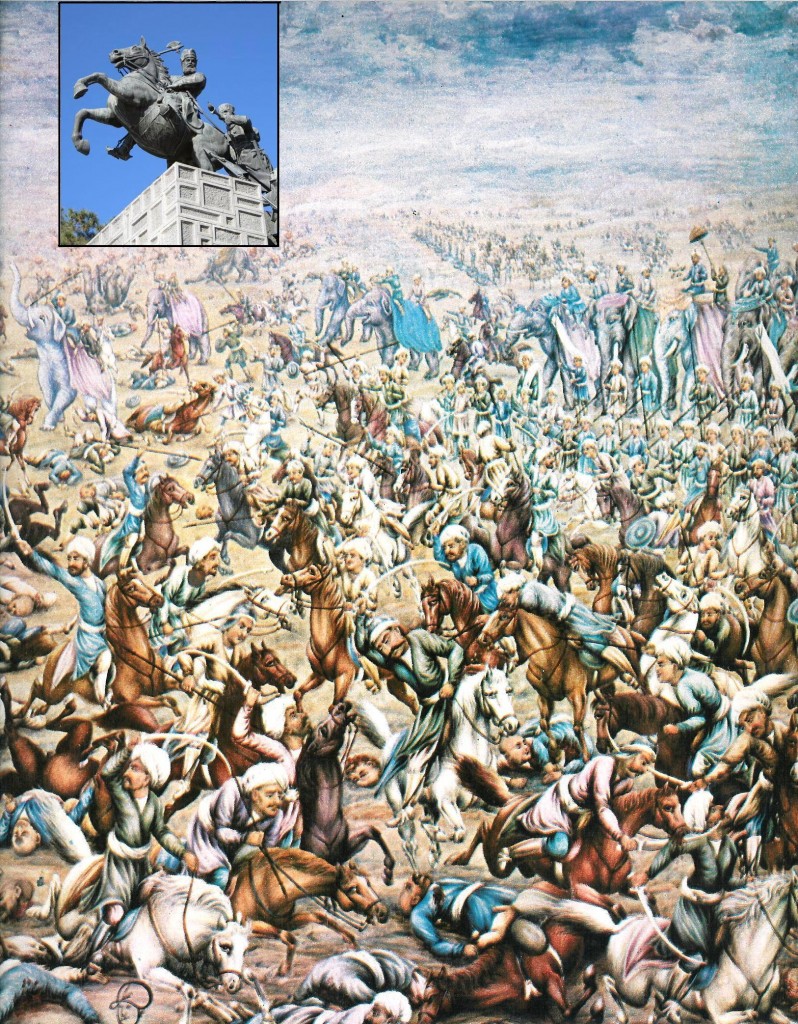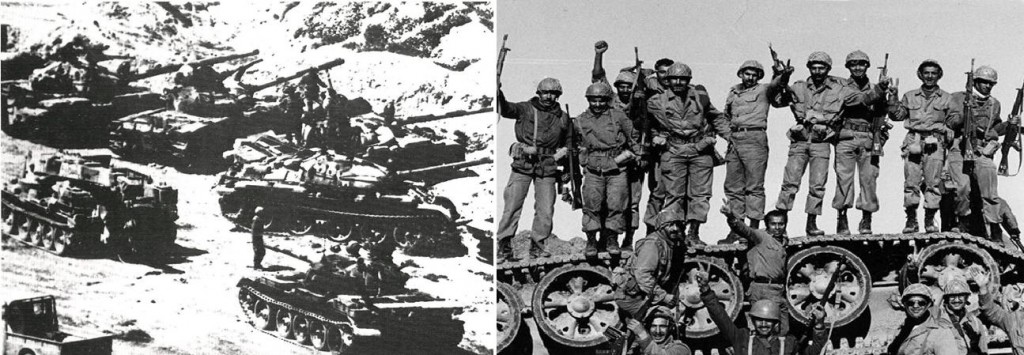Kaveh Farrokh’s third text. Iran at War: 1500-1988-(ایران در جنگ (۱۹۸۸-۱۵۰۰– has been reviewed in the Small Wars Journal by Youssef Aboul-Enein on July 12, 2012.
Iran at War: 1500-1988. Osprey Hardcover 480 pages, released May 24, 2011 • ISBN: 978-1-84603-491-6. Contact: John Tintera, Marketing Director @ 718/433-4402, [email protected].
To order consult Chapters-Indigo or Amazon.
Cover jacket of Iran at War: 1500-1988. Note that this text has also been reviewed by the Wall Street journal (click on icon below): The Farrokh text has been reviewed by the Iran-based Library, Museum and Center of Manuscripts (see also –ارایه کتاب «ایران در جنگ: ۱۹۸۸-۱۵۰۰» در کتابخانه مجلس-). The review by Youssef Aboul-Enein opens in the following fashion: Dr. Kaveh Farrokh … has published a timely volume immersing readers in five centuries of how Persians have waged and conducted war. The book delves deeply into the history and psychology of warfare and provides a grounding of how Iranians see threats and challenges today. The book begins with the Safavids, the empire that ruled Persia from 1501 to 1736, and was largely responsible for imposing Shiism in the region, making it the state religion and forcing the conversion of Sunni Muslims, Jews and Zoroastrians. His insights are fascinating, and include the caste system introduced by the Arabs when they conquered Persia, which led to a yearning for an Islamic system that incorporated and respected Persian identity. Shah Ismail I, the founder of the Safavid Empire, is detailed and we see a military leader who although was merciless towards Sunnis, personally provided medical care to his soldiers. Shah Ismail would battle the Uzbeks, Portuguese, and Ottoman. [Click to Enlarge]Shah Ismail as depicted by a European painter – the painting is now housed in the Uffizi Gallery in Italy. Note the Latin terms “Rex Persareum” [Monarch of Persia] which makes clear that Shah Ismail was the king of Safavid Persia or Iran. Despite being hopelessly outmatched by the Ottoman armies in manpower and firerams, Ismail stood his ground in Chaldiran on August 23, 1514. Despite their victory, the Ottoman Turks, who had also sufferred heavy losses, failed to conquer Iran. Note then the following observation about the Safavids by Youssef Aboul-Enein: It was under Shah Abbas I that the Persian army began to acquire gunpowder, and readers will be surprised to learn of the intrigues between the Shiite Muslim Empire of the Safavids and various European monarchs wanting to use the Safavids to divert the growing power of the Sunni Ottoman Empire. Imagine what the Ottomans could have accomplished if it were not for the Shiite Safavid Empire challenging the eastern edges of their empire. Youssef Aboul-Enein then notes the following regarding the military career of Nader Shah: The section on Nader Shah is exquisite, and contains a few unique tactical innovations, like the use of camels with incendiary materials sent within the ranks of Elephants causing them to panic and turn against their Mugal opponents. Reading Nader Shah’s campaigns matter for it will give you a grounding on fighting in the terrains as varied as Iraq to Afghanistan. After the Shah Tahmasp I was attacked by the Ottomans, Afghans and Russians, the Safavid Persian Empire was carved up between these powers. Nader Shah would reorganize the Persian Army and would be instrumental in restoring the Persian Empire created by Shah Ismail and Abbas, he would also put aside the weak figurehead Shah Tahmasp II and assume rule evolving from Nader Khan to Nader Shah, he is right or wrong Islam’s Napoleon and just as controversial. Nader Shah use of a highly mobile light cannon, the Zanbourak, that can be packed on camels and set up quickly to amass firepower is a must read. [CLICK TO ENLARGE] A painting of the Battle of Karnal (February 22, 1739) made by Mosavar ol-Mamalek.The battle ended in an overwhelming victory for Nader Shah (see his statue in the inset photo). The Iranians then occupied Delhi and captured India’s royal jewels. Some Indian historians (i.e. Sarkar) have argued that India was severely weakened by Nader Shah; this allowed the British Empire to easily spread its dominance over the entire Indian subcontinent just decades after the battle of Karnal (picture source: R. Tarverdi (Editor) & A. Massoudi (Art editor), The land of Kings, Tehran: Rahnama Publications, 1971, p.228). The review then discusses the book’s sections on the Zands, Qajars, and Pahlavis. Youssef Aboul-Enein then concludes: The section on the Iran-Iraq War is a must read and offers a fresh narrative of the tactics used by the Islamic Republic against Saddam’s armies. My only critique is that I would have liked to have seen a discussion or even section on Iranian use of proxies like Hizbullah to asymmetrically undermine their adversaries. That said, the book is recommended for anyone interest in warfare generally, the Middle East, and even Afghanistan. In short, this is the kind of book worthy of discussion in America’s War Colleges of the 21st century. [CLICK TO ENLARGE] –Elements of the Iraqi 12th Armored Division assemble at Fakkeh (in the Dezful area) on March 23rd 1982 to rescue remnants of the Iraqi 4th Army Corps crushed by a powerful Iranian offensive (Left – Steven J. Zaloga, Modern Soviet Combat Tanks, Osprey Vanguard 37, pp.32). As these units deployed to attack, they were bombed and strafed by up to 95 Iranian F-4 and F-5 combat aircraft. The Iraqi 12th Armored Division was virtually eliminated. At right are Iranian regular army troops atop an overturned Iraqi tank of the 12th armoured division (source: www.shahed.isaar.ir). Note that the vehicle has been overturned as a result of aerial bombardment by Iranian F-4 and F-5 combat aircraft. For more see Pars TV (August 27, 2011).
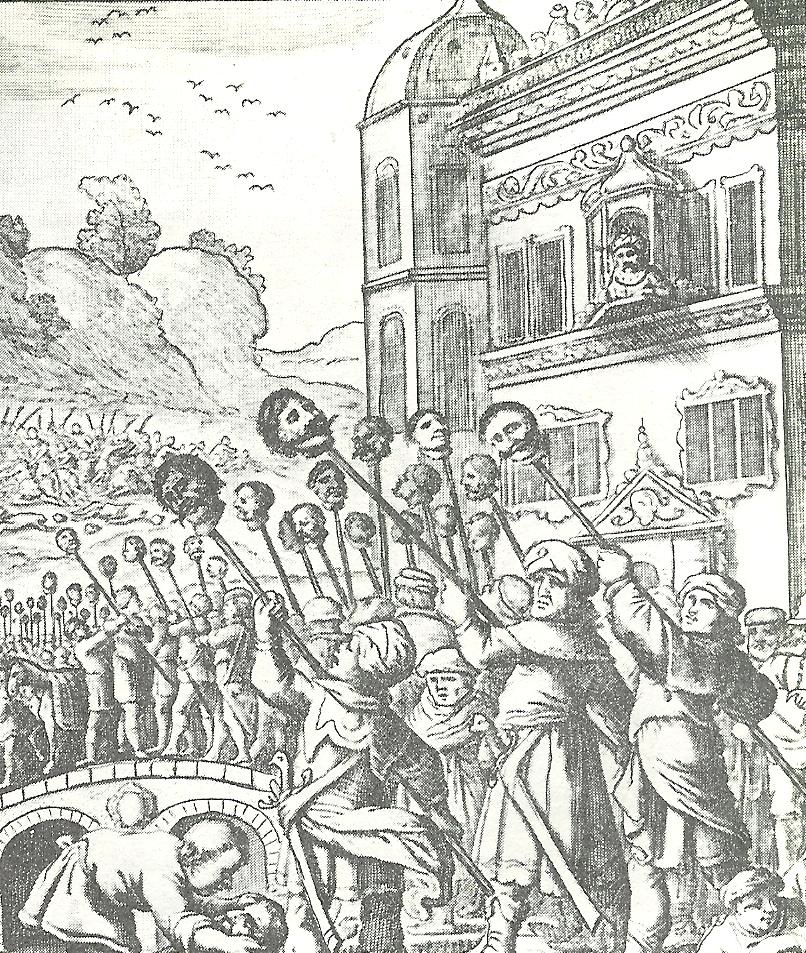 Rare drawing by a European traveller who witnessed the aftermath of the liberation of Tabriz by Shah Abbas I on October 21, 1603. Local Azari citizens welcomed the Iranian Safavid army as liberators and took harsh reprisals against the defeated Ottoman Turks who had been occupying their city. Many unfortunate Turks fell into the hands of Tabriz’s citizens and were decapitated (Picture Source: Matofi, A., 1999, Tarikh-e-Chahar Hezar Sal-e Artesh-e Iran: Az Tamadon-e Elam ta 1320 Khorsheedi, Jang-e- Iran va Araqh [The 4000 Year History of the Army of Iran: From the Elamite Civilizaiton to 1941, the Iran-Iraq War]. Tehran:Entesharat-e Iman, p.63). Had the Ottomans not been embroiled in Iran and the Caucasus, their armies could have advanced much deeper into Europe.
Rare drawing by a European traveller who witnessed the aftermath of the liberation of Tabriz by Shah Abbas I on October 21, 1603. Local Azari citizens welcomed the Iranian Safavid army as liberators and took harsh reprisals against the defeated Ottoman Turks who had been occupying their city. Many unfortunate Turks fell into the hands of Tabriz’s citizens and were decapitated (Picture Source: Matofi, A., 1999, Tarikh-e-Chahar Hezar Sal-e Artesh-e Iran: Az Tamadon-e Elam ta 1320 Khorsheedi, Jang-e- Iran va Araqh [The 4000 Year History of the Army of Iran: From the Elamite Civilizaiton to 1941, the Iran-Iraq War]. Tehran:Entesharat-e Iman, p.63). Had the Ottomans not been embroiled in Iran and the Caucasus, their armies could have advanced much deeper into Europe.

